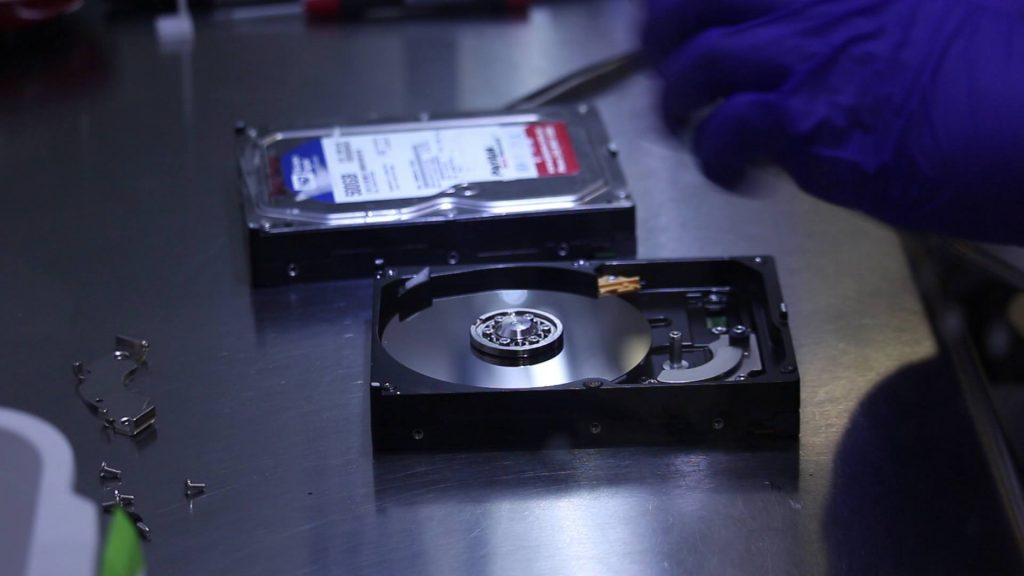The world of storage is in a new phase of evolution. While a few years ago, conventional hard drives were the only viable storage device, we are seeing an alternative appear : SSD (Solid State Drive) drives based on the use of NAND Flash memory (technology used for USB and camera cards). But how to perform SSD Data Recovery ?
Flash memory has become an inevitable technology in many products, however the various developments and improvements made to this technology do not immunize SSDs against possible Data Recovery loss.
In order to circumvent this defect, SSD disks have an internal controller, which will manage access to memory. It is used for data transfers (write, read, erase), but also to check that the device is working properly.

This controller uses several techniques to limit the wear of NAND Flash memory, such as Wear Leveling. This technique consists of randomly distributing the data on free blocks, as well as recording the frequency of use of each block and its wear. Thus when it writes Twitter data, it seeks the free blocks having undergone the fewest cycles.
The lifespan of an SSD increases with capacity, as more blocks are available to distribute writes. However, the more an SSD will be stressed by deterioration, the more its life will be reduced. Thus, it is important to choose beforehand the type of memory and controllers according to the use you will make of your SSD disk.





